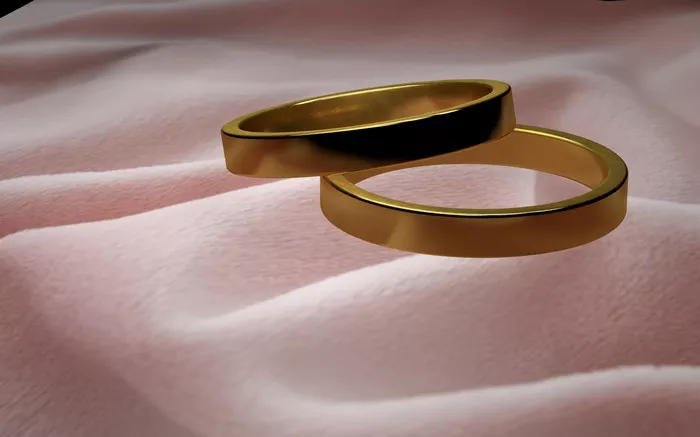The wedding ring industry is experiencing a quiet revolution in 2025 as gender-neutral designs surge in popularity, reflecting broader cultural shifts around gender identity and expression. Once limited to plain bands or unisex versions of traditionally masculine styles, today’s gender-neutral rings encompass an astonishing variety of designs that reject binary categorization while maintaining the symbolic weight of marital jewelry. Market research from WeddingWire shows that 39% of couples marrying in 2025 are choosing matching or complementary gender-neutral rings, up from just 12% in 2019—a trend particularly strong among Gen Z and LGBTQ+ couples but growing across all demographics.
Contemporary gender-neutral designs achieve their versatility through thoughtful craftsmanship rather than mere minimalism. Leading jewelers create pieces with balanced proportions—wider than traditional women’s rings but more refined than men’s styles—often featuring textures or details that work across presentations. Popular elements include brushed finishes that play with light subtly, geometric patterns that avoid floral or overtly masculine motifs, and mixed-metal constructions that provide visual interest without gendering. Some designers employ innovative techniques like micro-milling to create intricate unisex patterns, while others focus on exceptional comfort-fit profiles suitable for all finger shapes.
Material choices also reflect this shift. Alternative metals like cobalt chrome and tungsten carbide gain popularity for their neutral aesthetics and durability, while traditional gold appears in new matte finishes that defy gendered expectations. Stone settings, once strictly divided by gender norms, now appear in creative configurations—channel-set gems around entire bands, asymmetrical clusters, or single stones placed horizontally rather than vertically.
The cultural significance extends beyond aesthetics. For many couples, choosing gender-neutral rings represents a conscious rejection of outdated norms and an affirmation of equal partnership. Therapists report that ring selection has become an important conversation starter about gender roles within relationships, with some couples spending months designing custom pieces that reflect their shared values. Jewelers note increased demand for engraving options that accommodate non-binary names and pronouns, as well as symbols representing unity without gendered imagery.
Major retailers have taken notice, with industry giants like Tiffany and Cartier introducing their first dedicated gender-neutral collections. Smaller artisans thrive by offering fully customizable experiences where couples co-design matching rings that honor their individuality while symbolizing connection. As societal understandings of gender continue evolving in 2024, the wedding ring industry’s embrace of fluid, inclusive designs reflects a larger transformation in how we conceptualize love, identity, and the symbols that bind them together.

